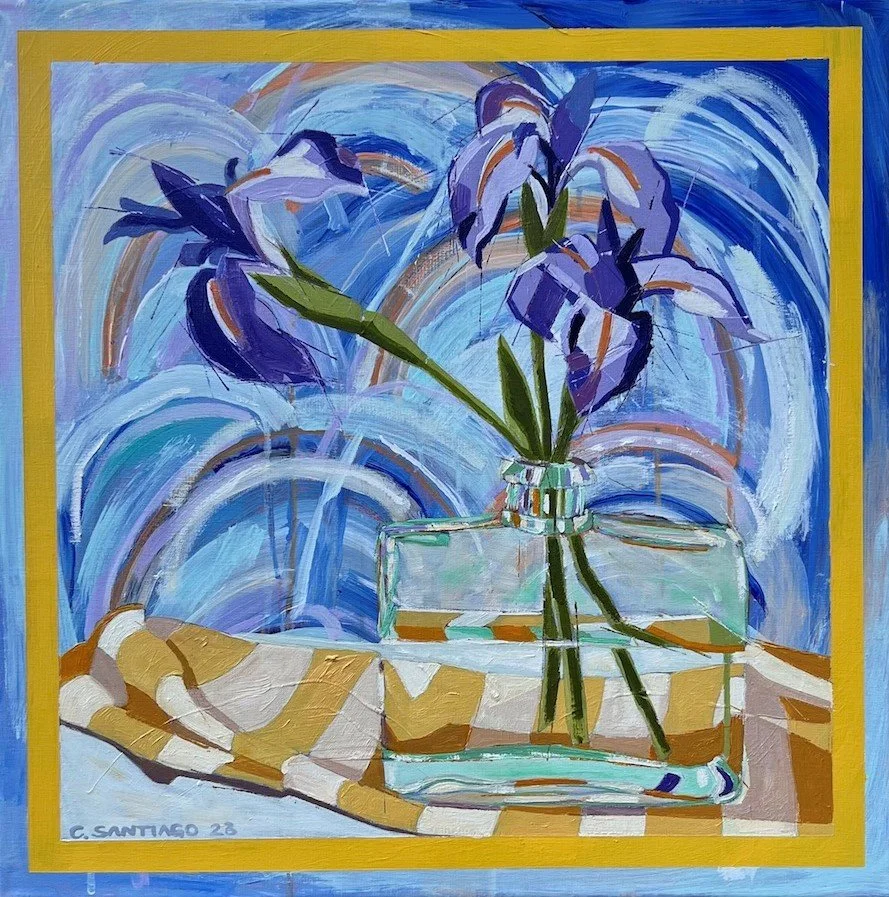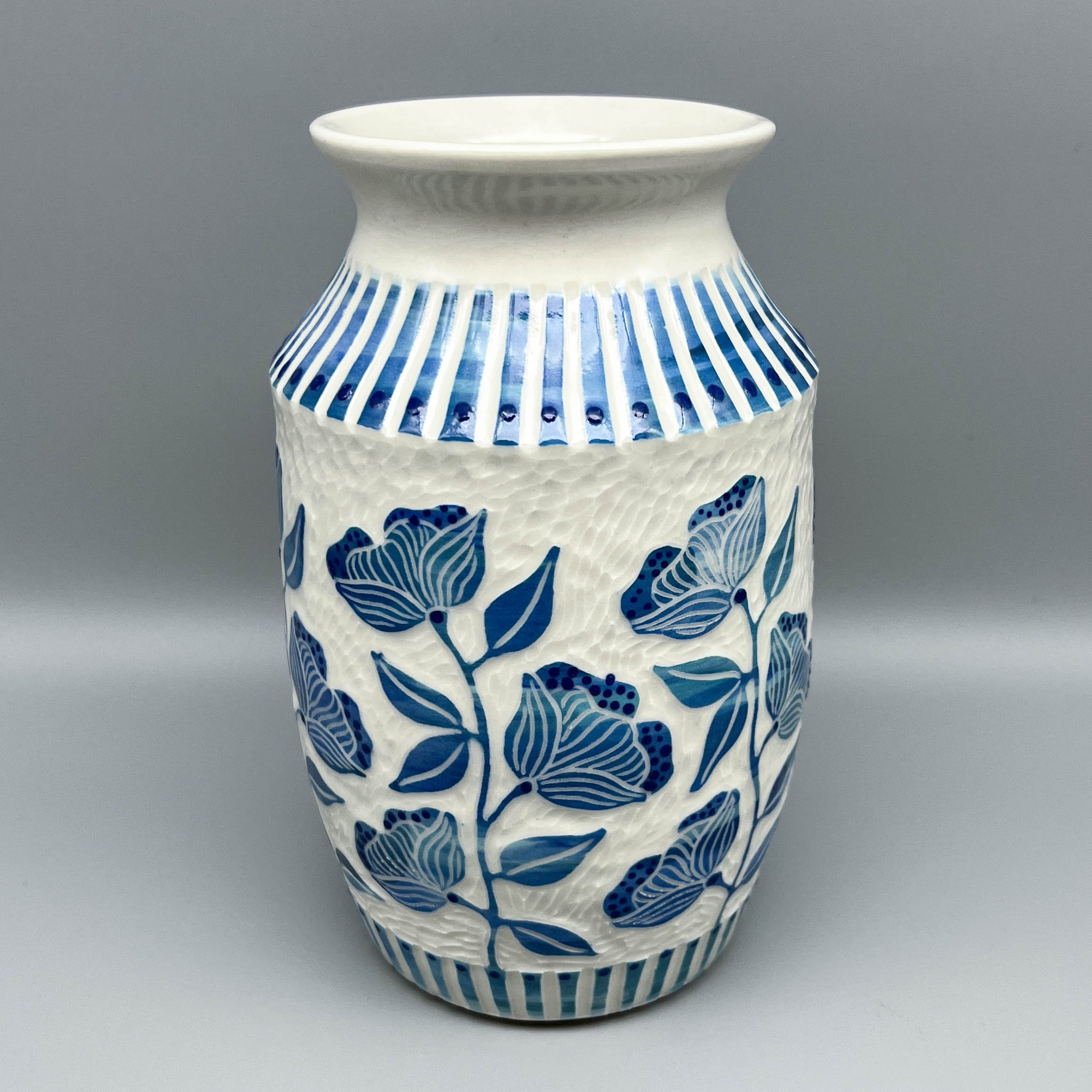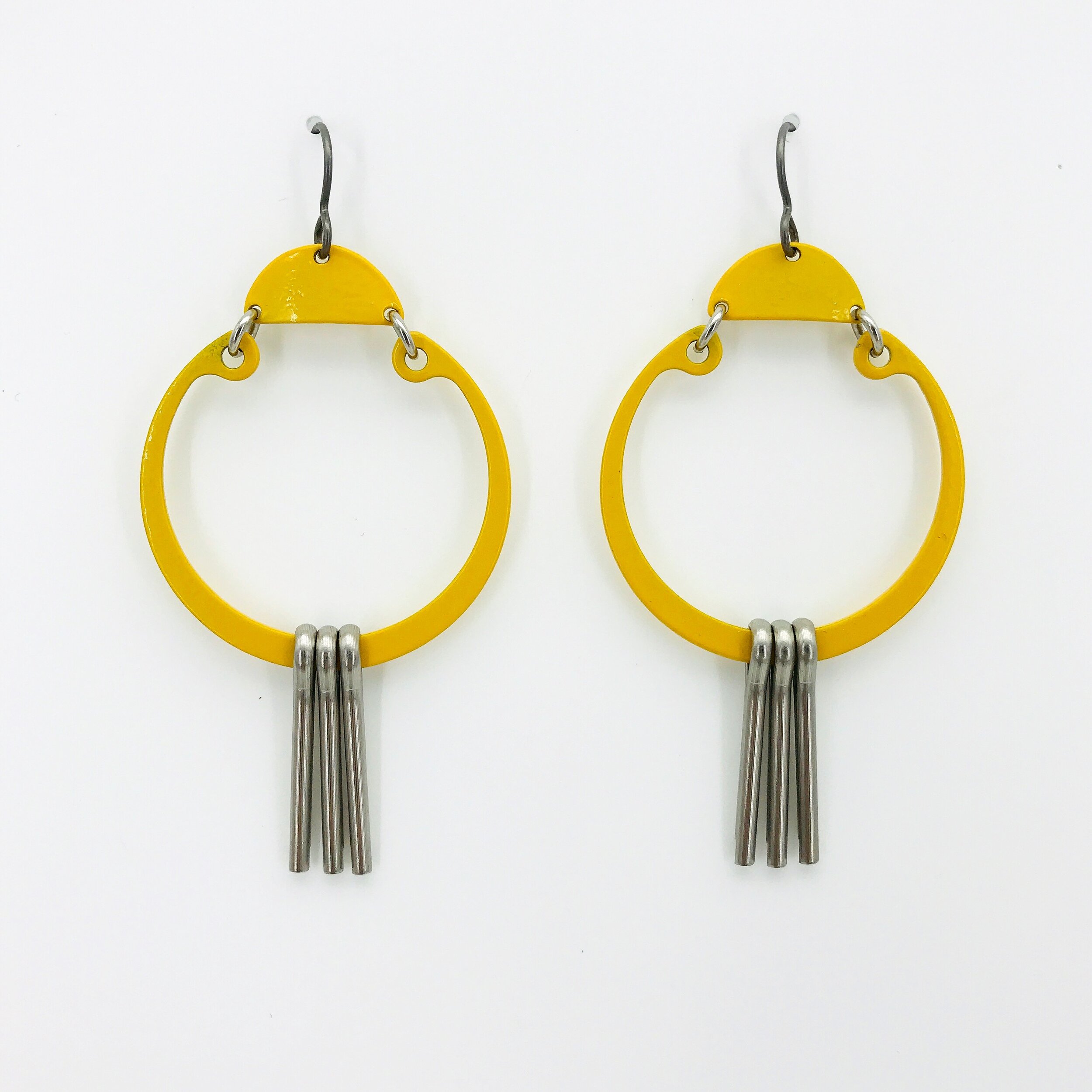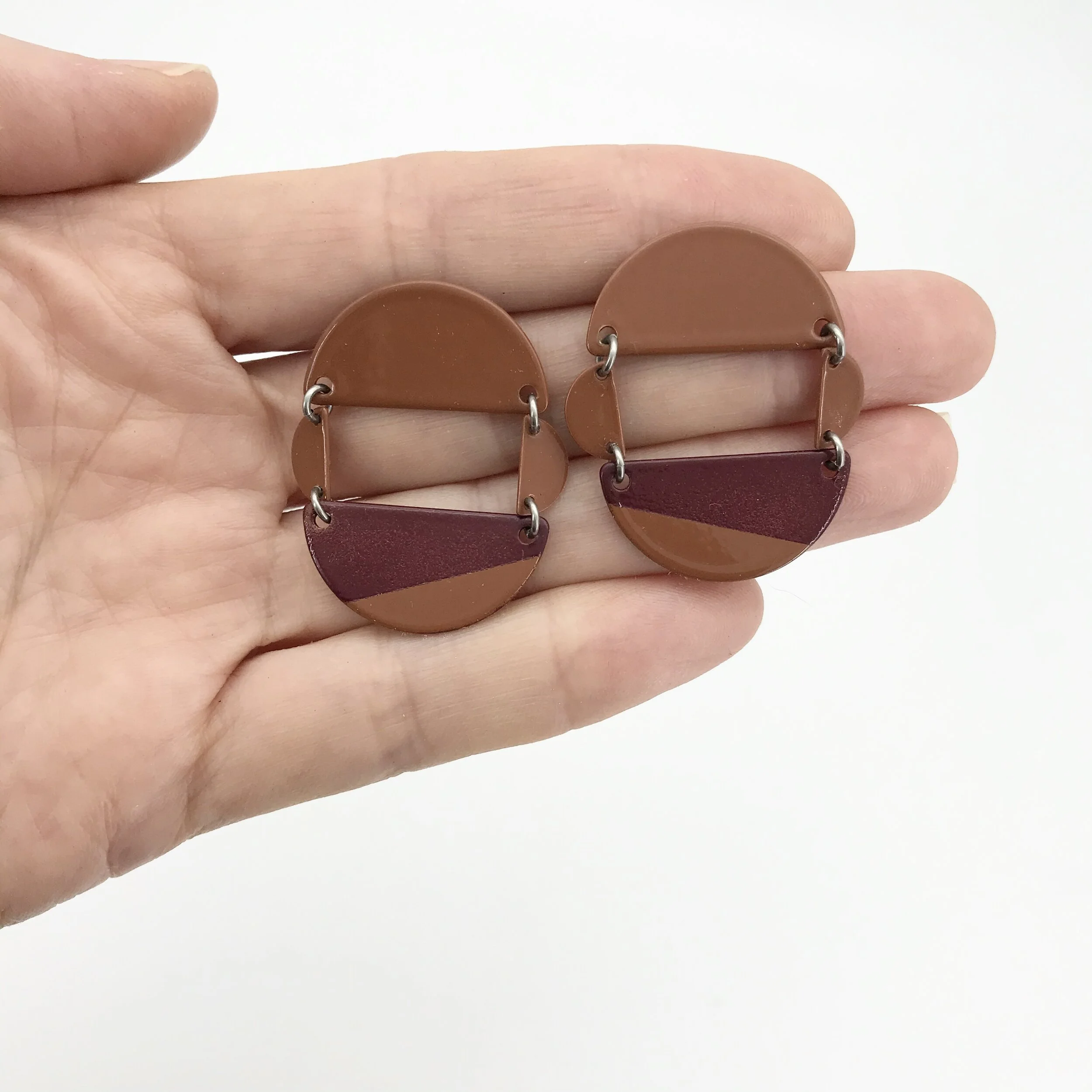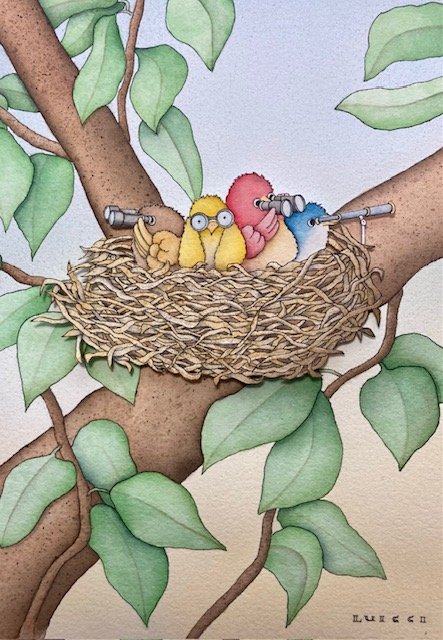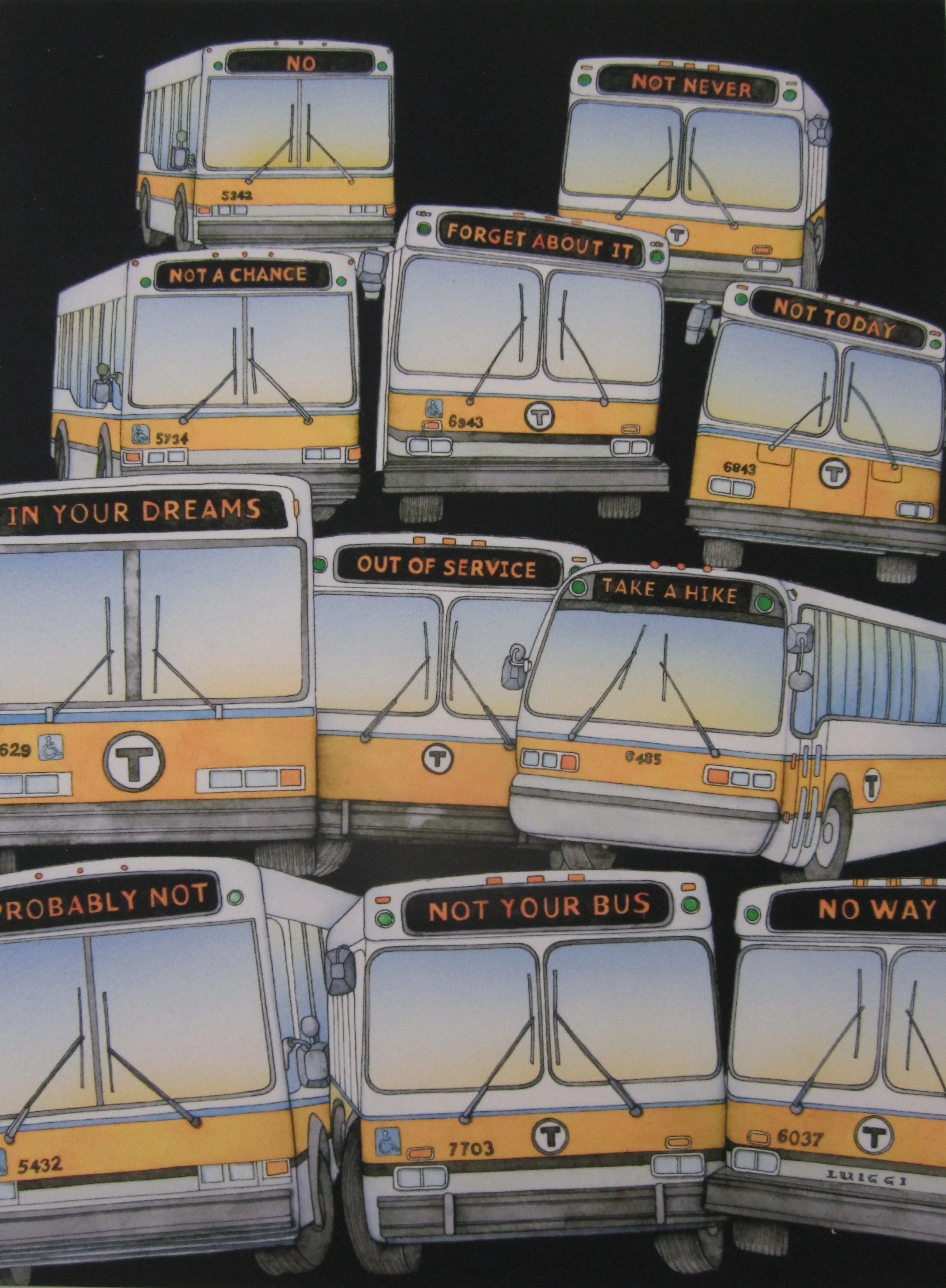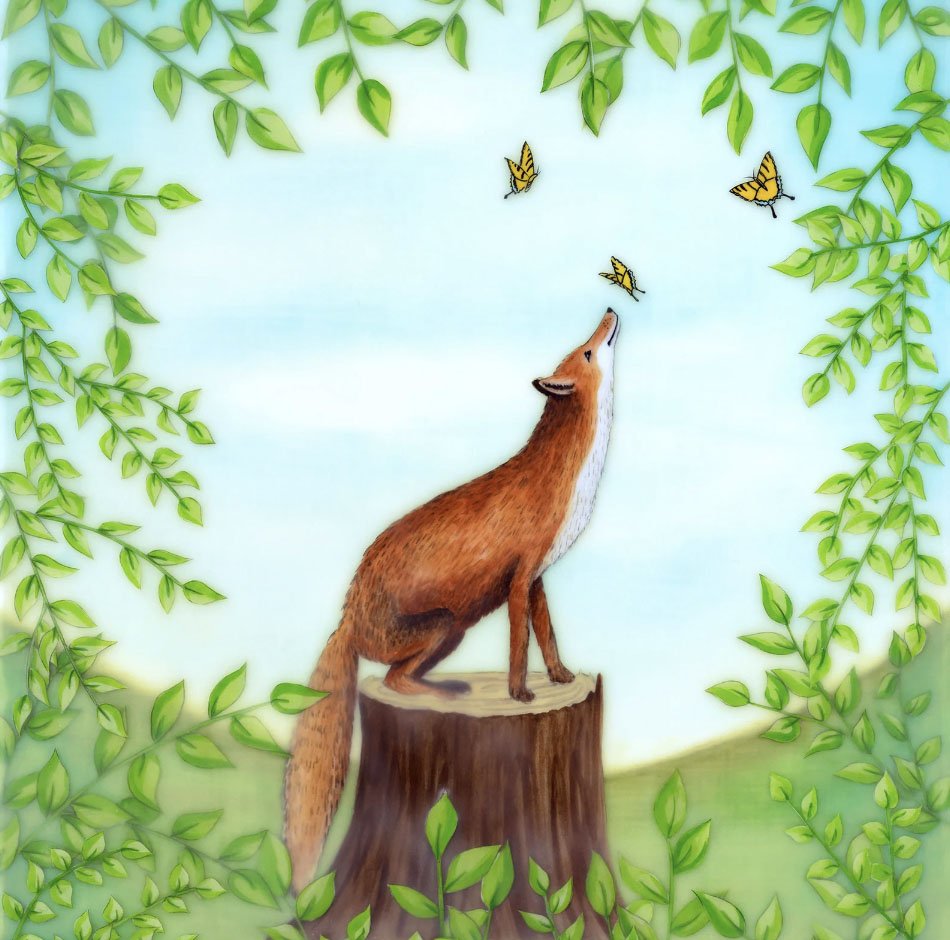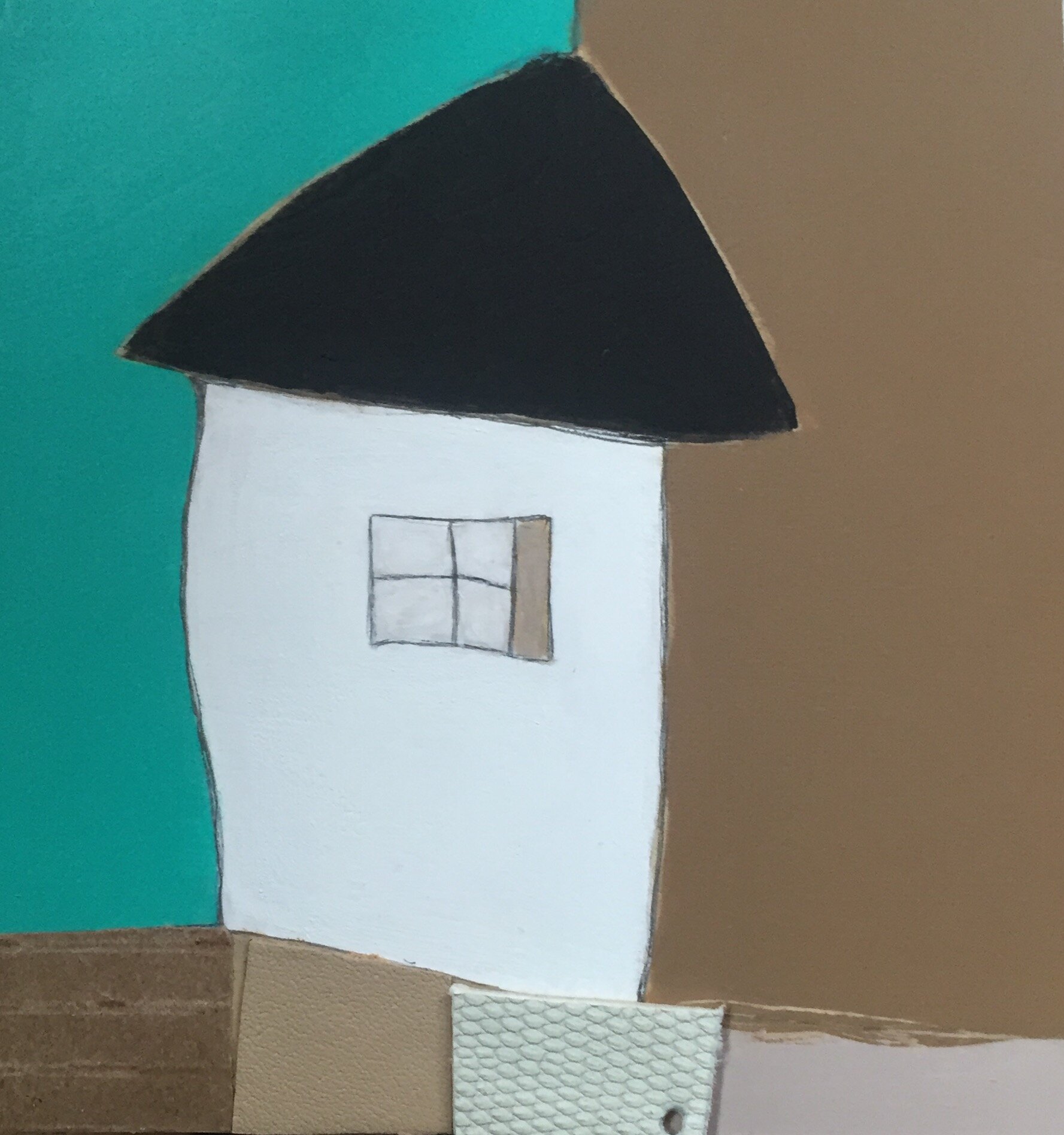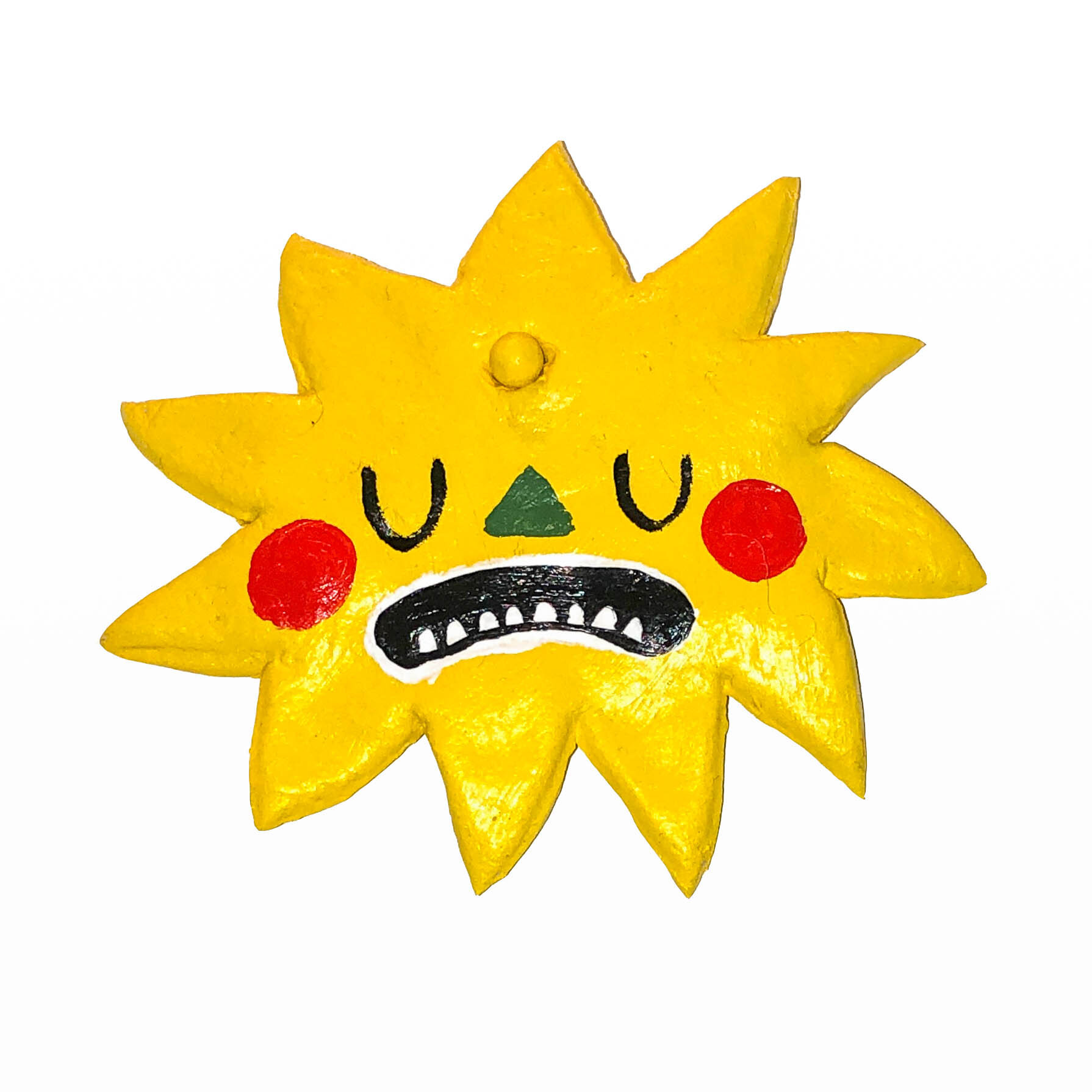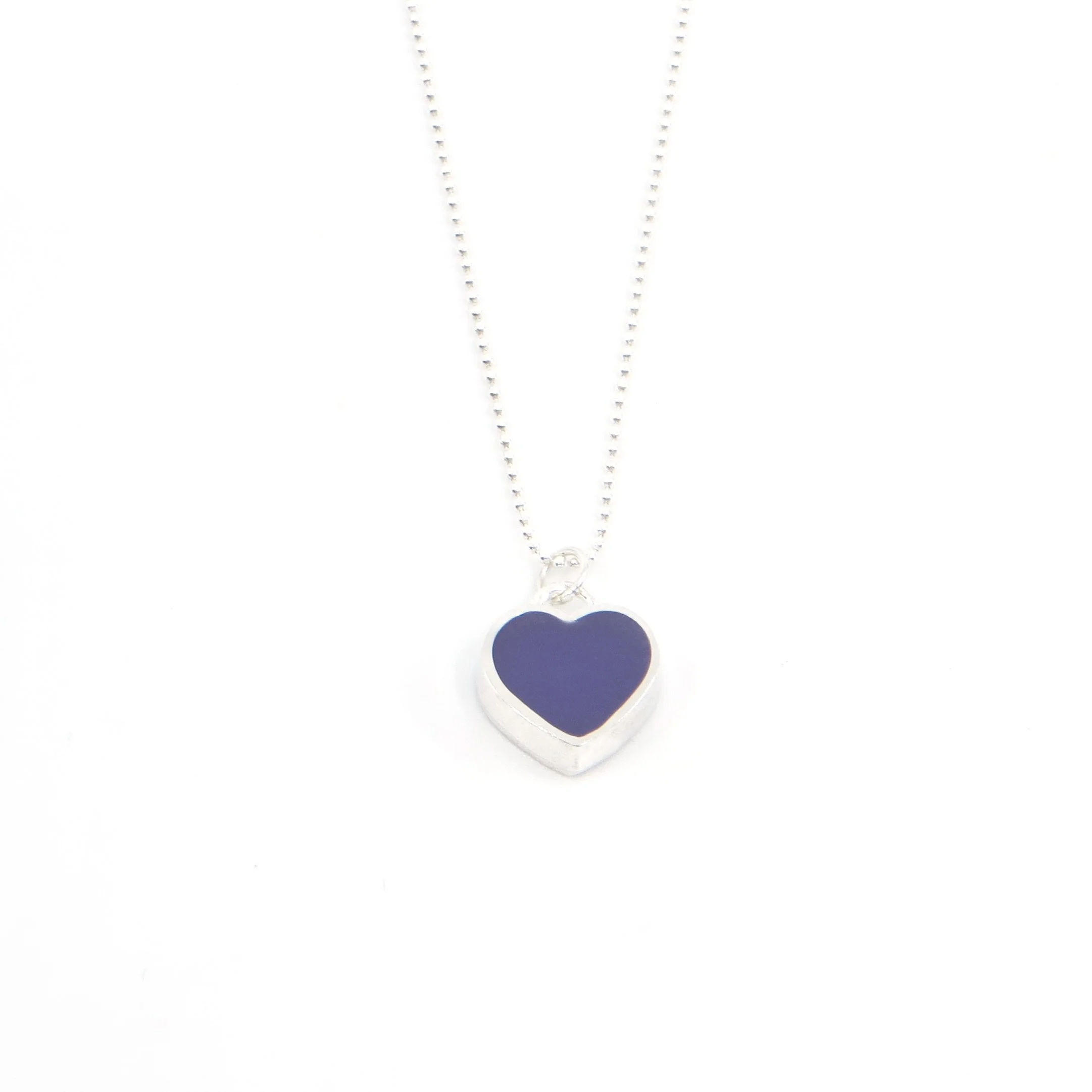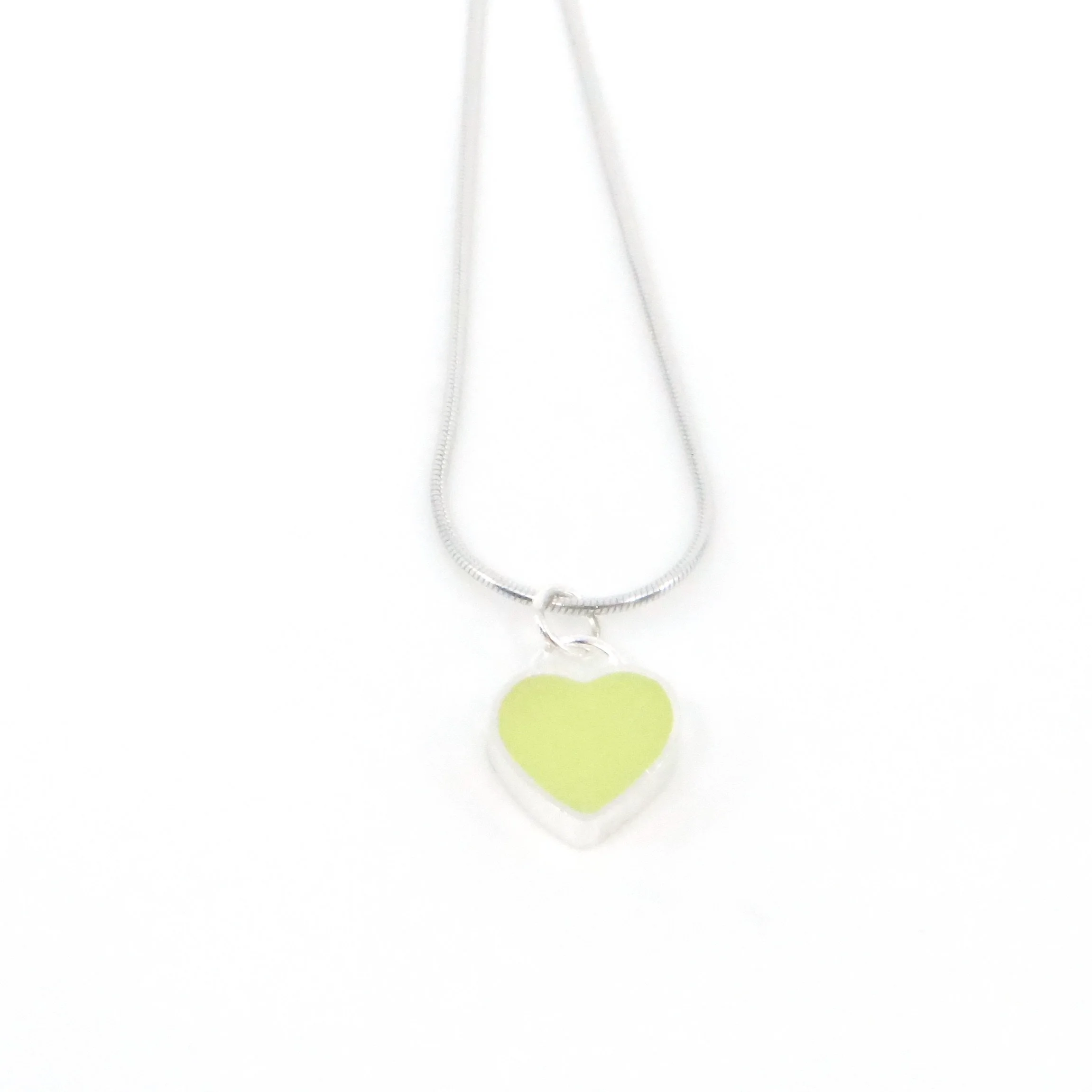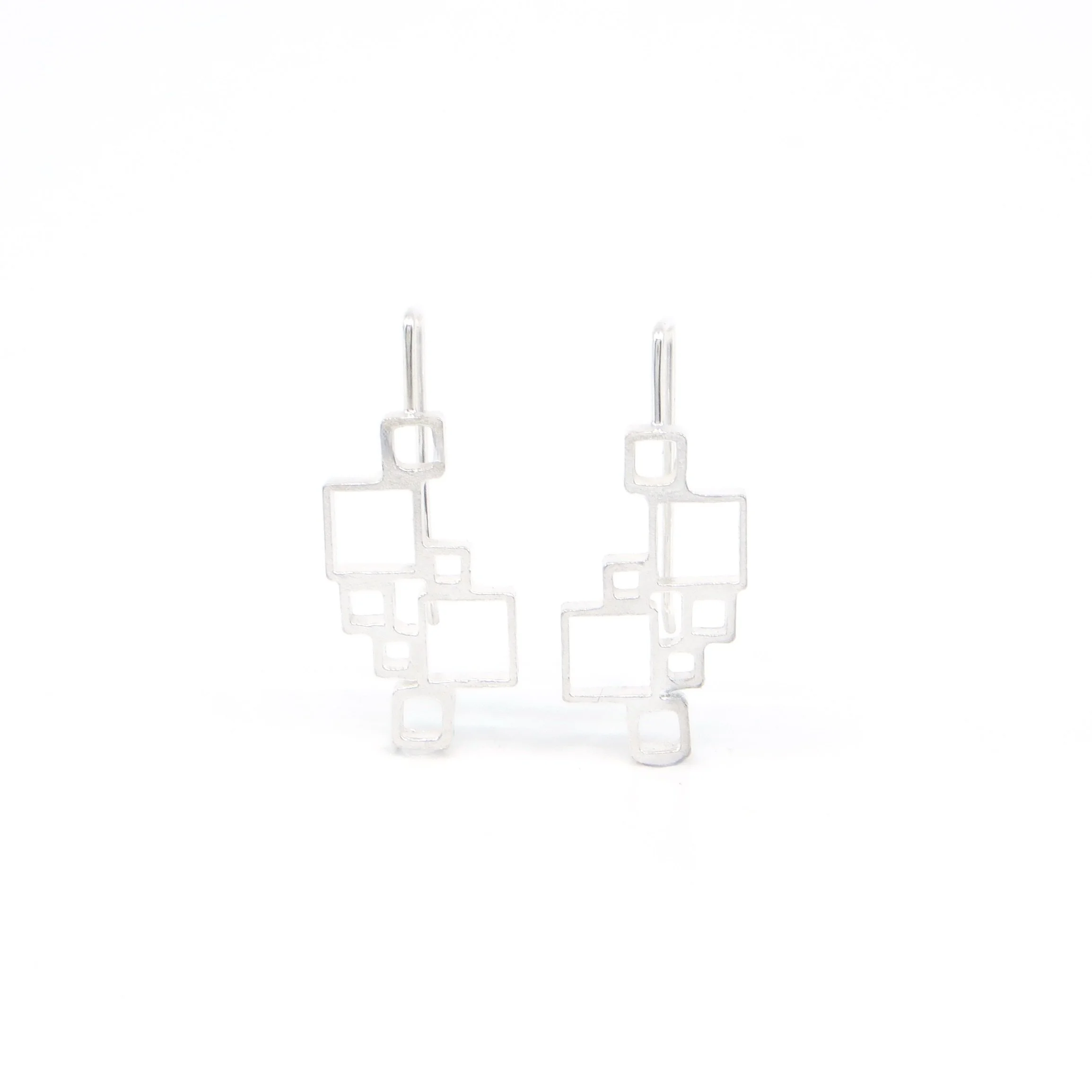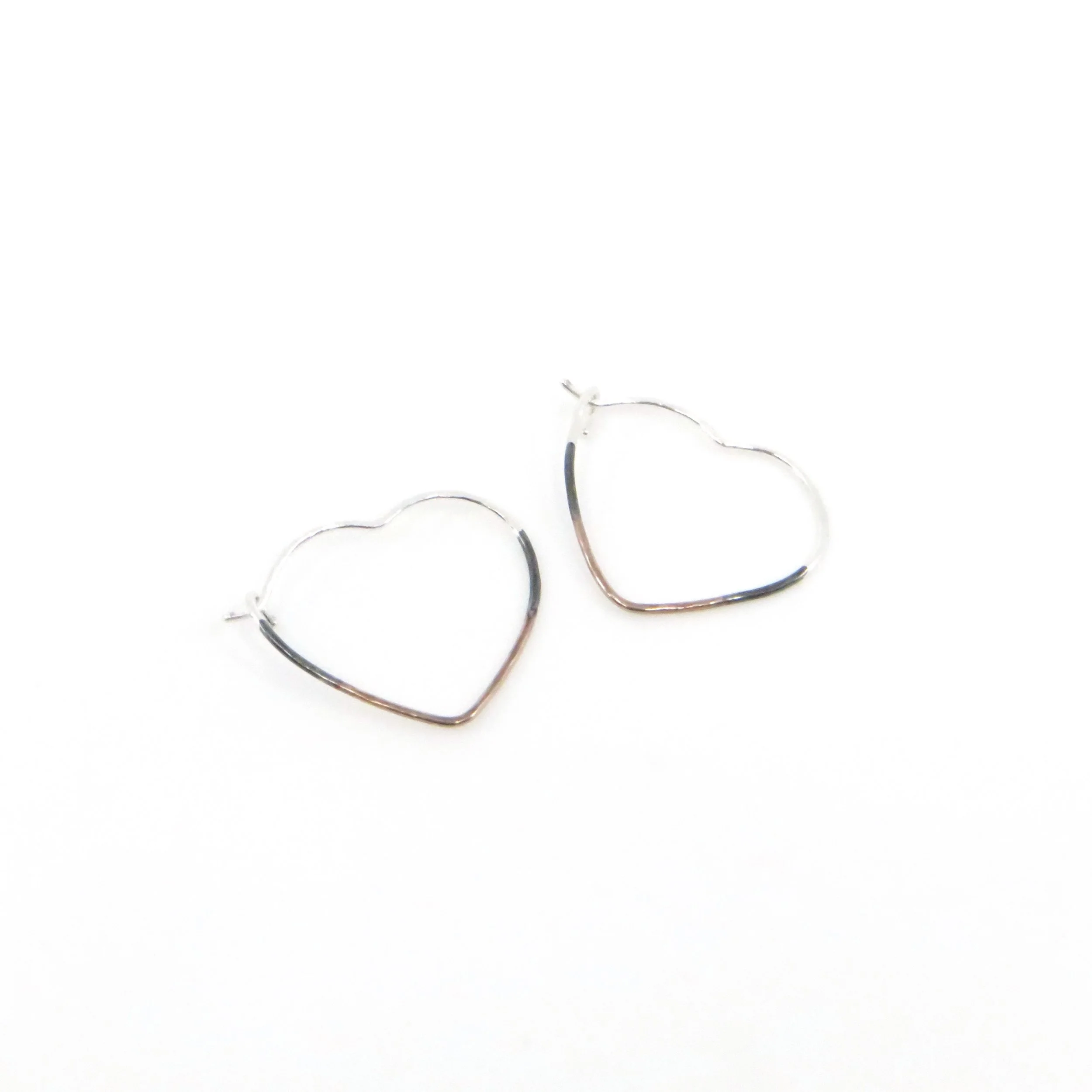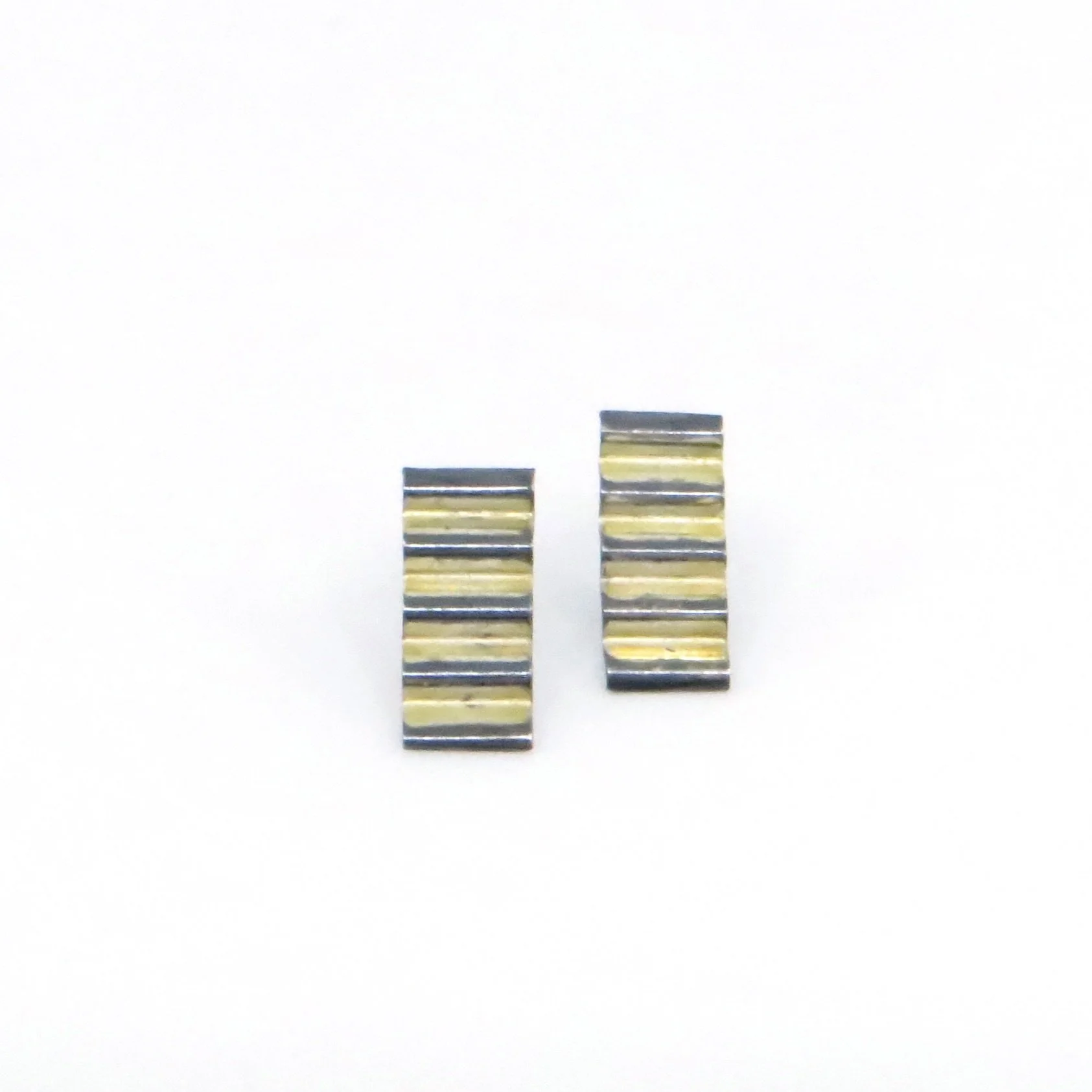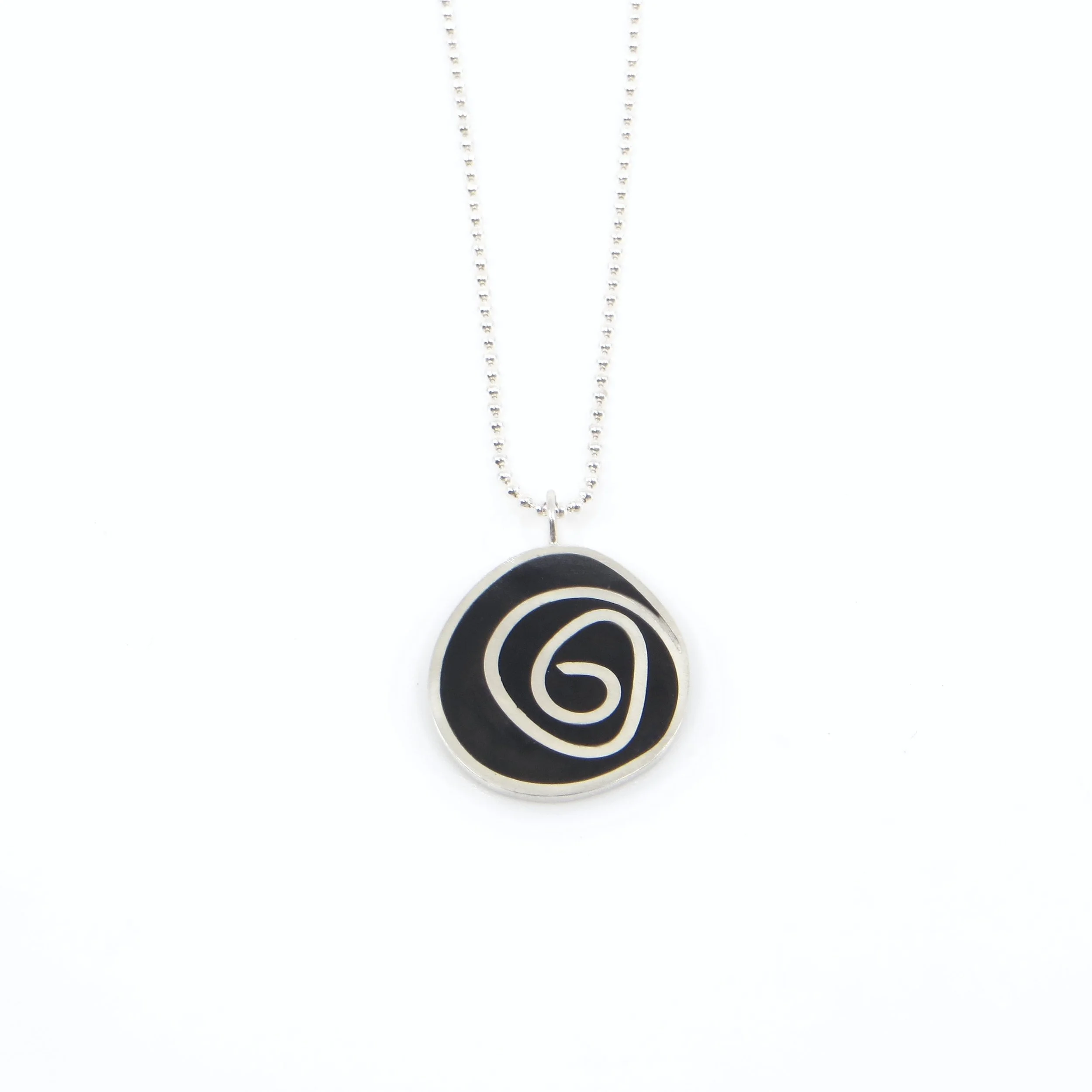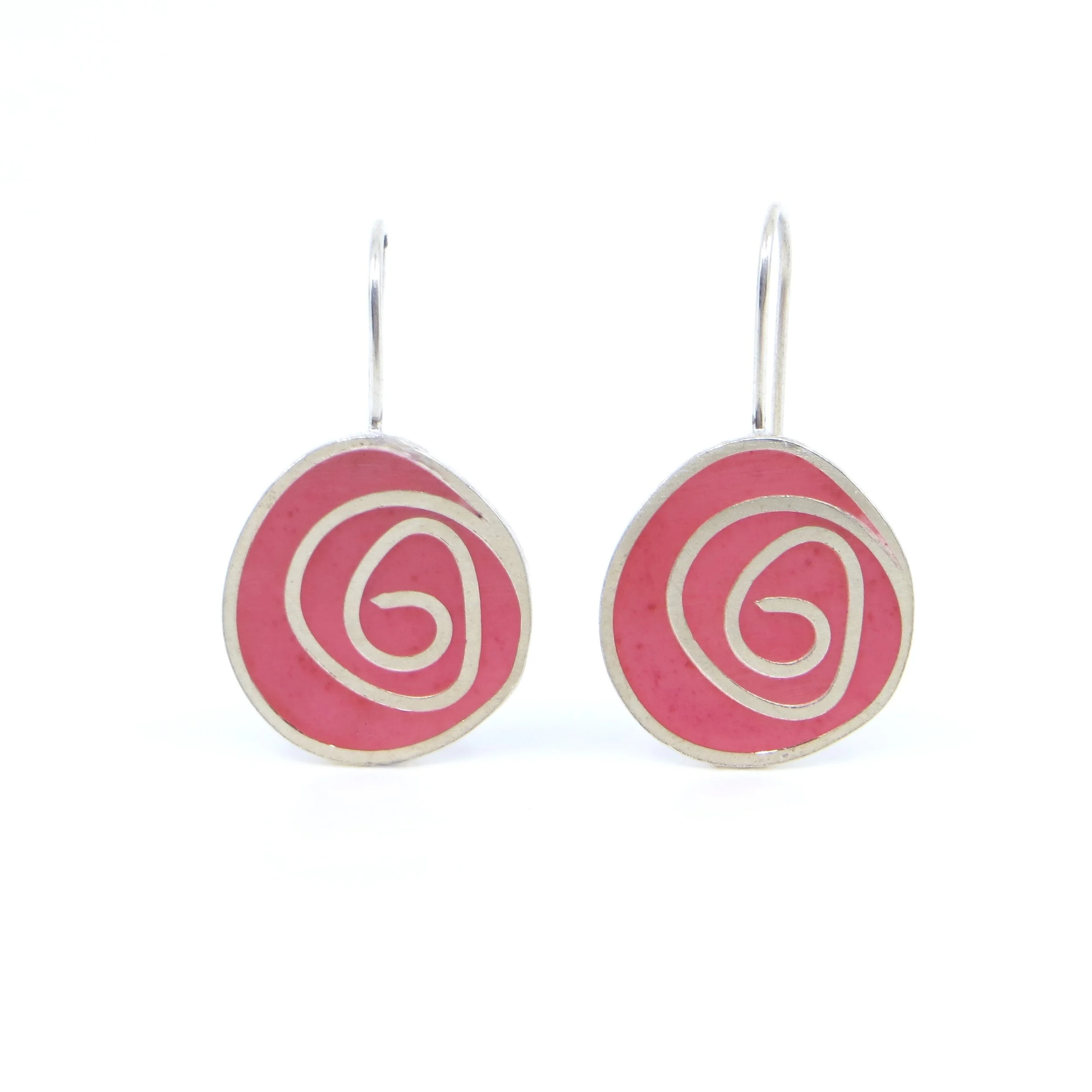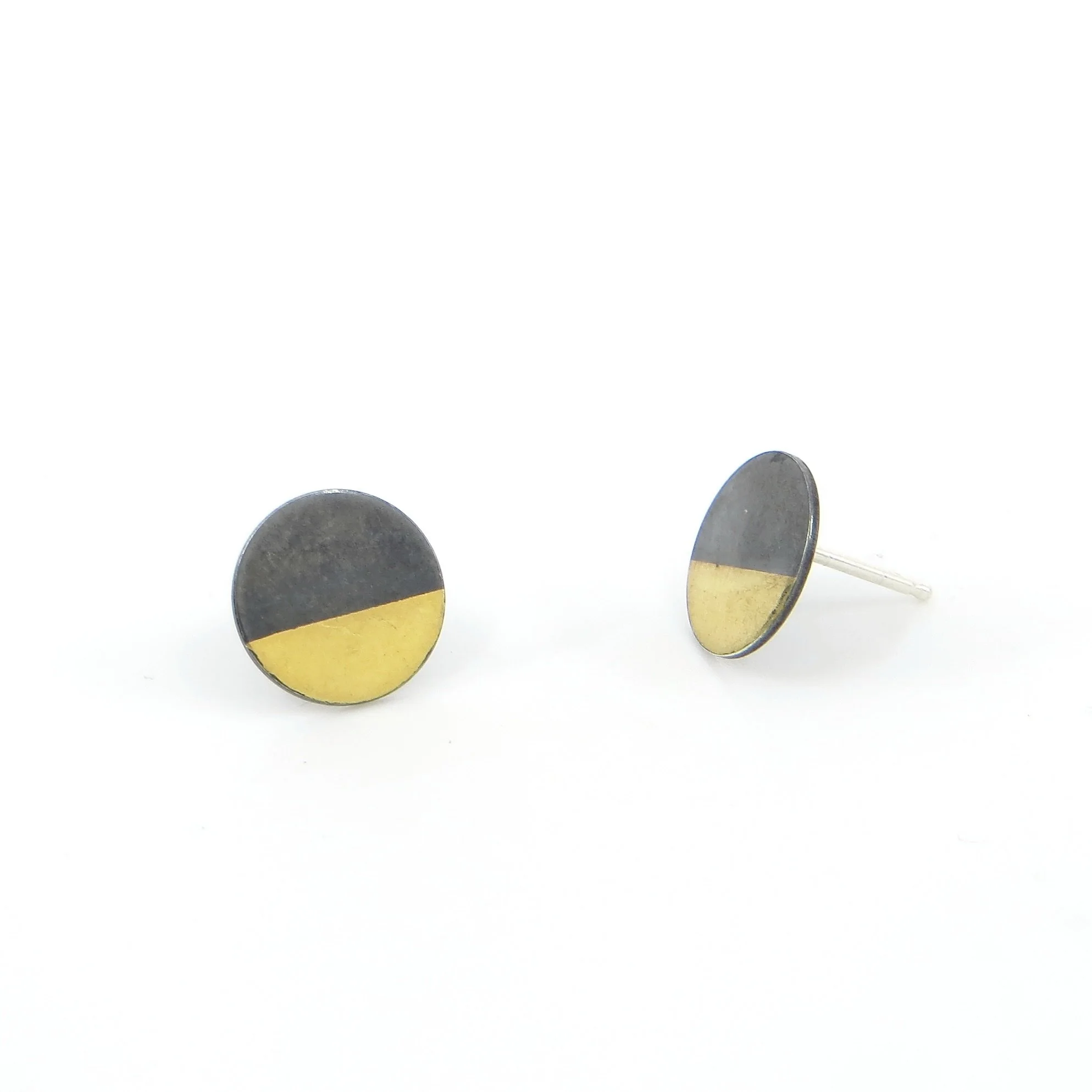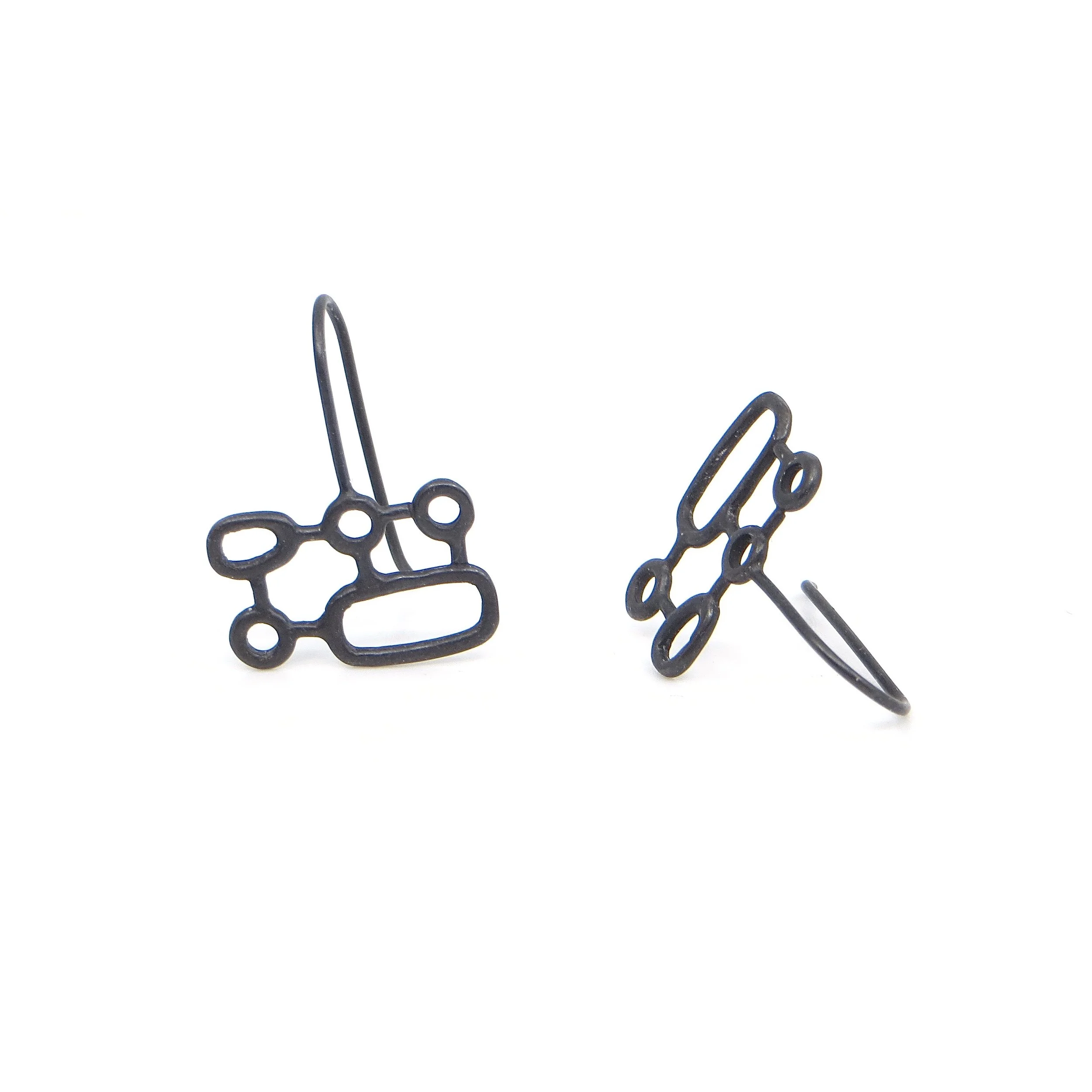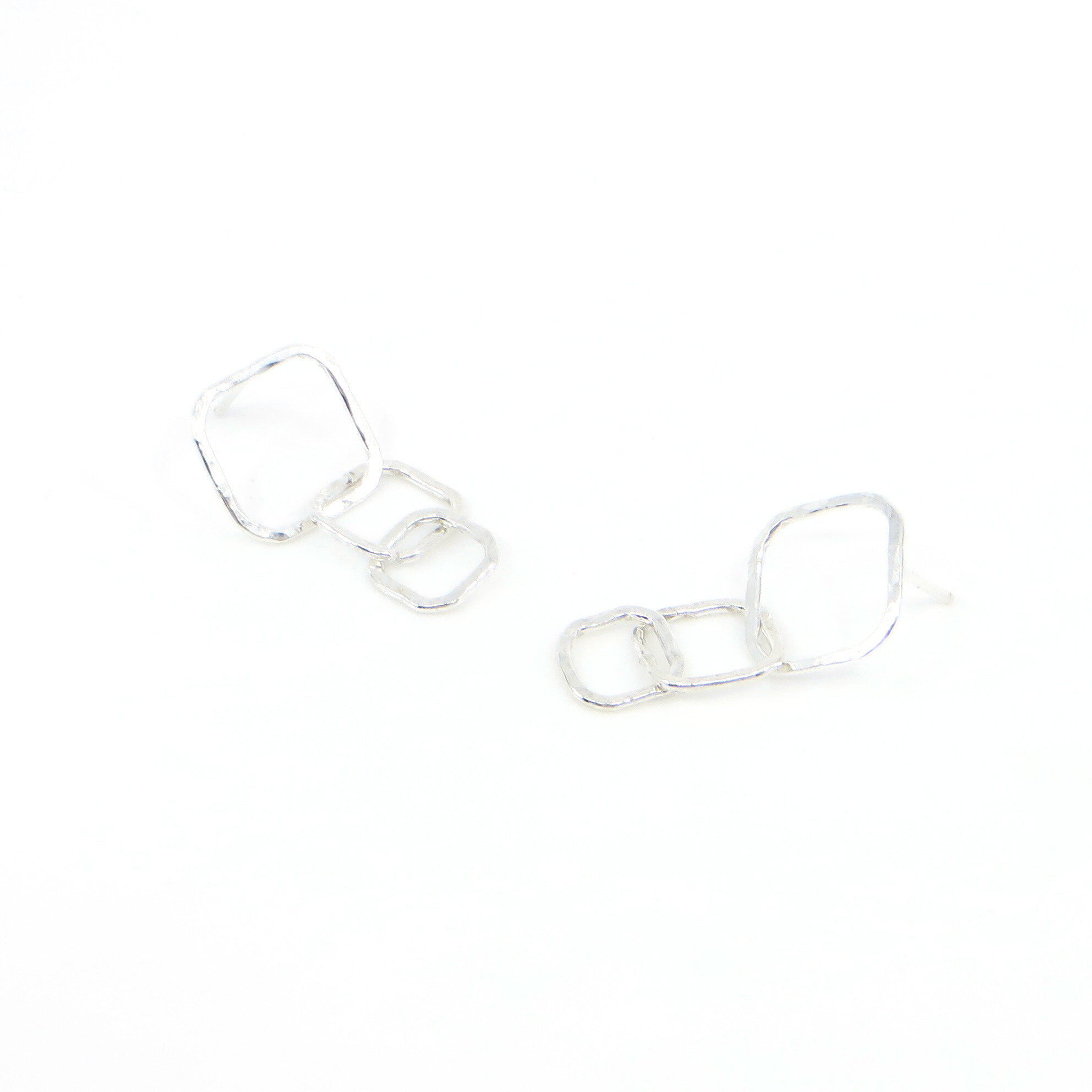Painter Catherine Graffam has developed a new series of thought-provoking paintings that combine the instantaneous quality of Polaroid photography and the slower, more reflective process of painting to explore the nature of memory and the experience of memory fading away. Read Graffam’s thoughts about her Object Permanence series below.
object permanence n.7 (sarah in the kitchen), acrylic gouache on Polaroid
A Polaroid is the closest a photograph can be to a painting. Each integral film Polaroid ever taken is unique and impossible to truly reproduce since the first SX-70 model entered the public’s hands in 1972. “Integral film” is the fancy term for the proprietary white bordered, square(ish), instant photo we imagine when we hear the word “Polaroid.” Each integral film Polaroid photo contains a pod of chemicals underneath the larger border on the bottom that spreads developer, dyes, and acid layered together in a secret sauce beneath the plastic when the photo is squeezed through the rollers at the mouth of the camera. This process bakes the image into the chemical baklava as the chemicals work their magic, resulting in every single photo being not just an image, but a unique tangible object. So sure, today you could scan a Polaroid photo using a Epson Perfection V500 flatbed scanner at 1200dpi, open it in Adobe Photoshop CC, edit it to be as close as visibly possible on a two dimensional plane on a 24 inch high definition IPS display, then have it sent to be printed inside a perfect bound book by high quality inkjet printers en masse to exact scale and color...But just like if you were to do this to a painting, it would not fully reproduce it.
However, where the important distinction lies between a painting and an integral film Polaroid photo is what a Polaroid captures versus a painting. The development process of a Polaroid is not completely instantaneous, the image exposed is. Though instantaneous, a Polaroid never actually captures the present, only the immediate past; the moment when the shutter was pressed. So when the camera spits out the photo it is actually a physical, unchangeable memory, emerging like magic. I think of a painting more as a collection of decisions compiled from memories. Even if I were to paint something directly from observation, there are still gaps in time where I am not looking at what is in front of me and I am using my short term memory combined with my built up knowledge of paint to recreate it from my mind’s eye on the canvas.
Sometimes what a Polaroid has recorded is at odds with how I remember the moment I took it. I notoriously have a terrible memory, and have to be constantly reminded of important events involving my flesh body that I have no recollection of. A diving catch to win a baseball game, funerals of family members and birthday parties I attended, the names of basically anyone I meet for the first 9 times. It is not for a lack of emotional investment, I am an overwhelmingly sentimental person. My sentimentality only seems to manifest with objects, as my filing cabinets would confess. I collect things as an overcompensation for my lack of ability to remember things of significance, keeping them as trigger objects so that I can keep at least a slice of my past retained.
In the summer of 2021 I was diagnosed with Attention Deficit Hyperactive Disorder after an entire lifetime of struggling with debilitating symptoms. There is a phenomenon amongst people with ADHD where we can lack what is colloquially referred to as “object permanence.” Object permanence is clinically the concept of fundamental development in young children that refers to gaining the ability to recognize that items and people still exist even when they can’t be seen or heard. Folks with ADHD don’t literally think objects or people disappear when they are out of sight, but it refers to the inability to remember that they are there. For instance, if I use a pair of scissors and put it in a drawer when I’m finished, I may forget that there is a pair of scissors in the house entirely when I end up needing them again. I have found that this extends to digital photos as well. I have over 10,000 saved images in cloud storage taken on my phone over the last 5 years but because they are tucked away in a folder within a virtual drive accessible only by a website I forget not only that the photos themselves exist, but all the memories meant to be saved by them.
Through the process of marrying both painting and a tangible instant photo, I want to capture what it feels like to lose memories to time; parts of a mental image fading away or obscured and difficult to parse, unimportant details truly disappeared. Many of the painted layers of the pieces from this series were done weeks or months after the photo was taken. I hide them from myself to let my internal memory naturally loosen and forget details of the scene. Then, when met with those details upon reviewing the photos I will start by degrading them.
Catherine Graffam

































